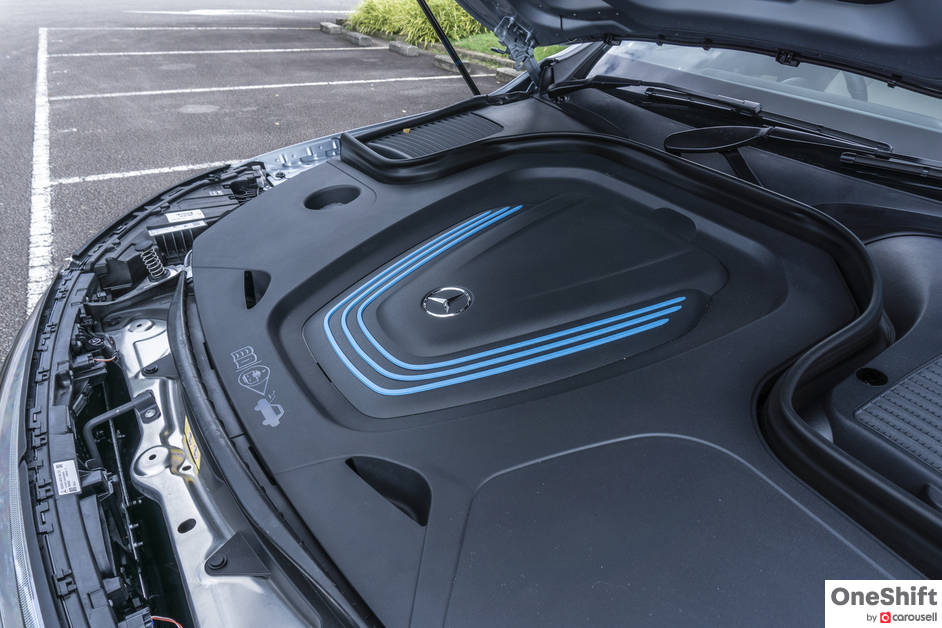One For The Future: Ownership Benefits of An Electric Car
While fuel economy, zero emissions, and sustainability have always been the main selling point of electric cars, there are also some other additional benefits of owning an electric car that don’t actually have much to do with pump prices. Let’s take a look at some of them.

From the sheer amount of Tesla Model 3s out on the road nowadays, I think we can all see that electric car adoption in Singapore is truly underway. The timing seems almost perfect as well, with the recent oil crisis in Europe and subsequent pump price increase in Singapore igniting conversations related to fuel economy.
With car travel to Malaysia still a largely uncertain thing in the near future, many of us are also less concerned with whether or not electric cars in Singapore will be able to find suitable charging infrastructure to support our road trips up north. While fuel economy, zero emissions, and sustainability have always been the main selling point of electric cars, there are also some other additional benefits of owning an electric car that don’t actually have much to do with pump prices.
Let’s take a look at some of them.

Generally speaking, because of the impeccable torque figures provided by electric motors in comparison to internal combustion engines, electric cars tend to be more powerful. While manufacturers like Porsche have released “performance oriented” electric car models like the Taycan which look really impressive, the base model pushes out 322 bhp and does 0-100km/h in 5.4s, which is actually quite mild by electric car standards. For reference, the baseline Tesla Model 3 already does 0-100km/h in 5.6s, and the dual motor performance variant does it in 3.3s. To give you a further idea of how predisposed electric cars are to achieving solid power figures, the baseline Hyundai Kona does 0-100km/h in 9.9s, a Mercedes EQA does it in 8.9s, and the new short range Kia Niro Electric does it in 9.8s.
There is still an obvious price divide between baseline electric cars and their ICE counterparts - and for that reason I would refrain from describing these cars as bread and butter models, but it is quite evident that we can expect all, if not most electric car models to share this characteristic of possessing high torque and power figures.
While our road conditions don’t necessarily allow for high speed driving all the time, healthy torque figures would definitely be useful in darting in and out of traffic on our roads. Plus, nobody ever complained about having too much power.

The typical modern family in Singapore is made up of 5 people. 2 parents, 2 kids, and a helper. Previously, that meant that a standard 5 seater car would have been quite tight - if you consider other elements like child seats, small middle seats, and the size of the transmission hump. As a result, in order for families with 5 people to travel comfortably, they typically resorted to MPVs - both compact and full size alike, as well as the occasional 7-seater SUV. However, that equation drastically changes with electric cars.
As it turned out, purpose built electric cars that were built as EVs from the ground up, rather than retrofitted onto the chassis of an ICE counterpart, tend to have fully flat floors in the back row. This means that these cars are actually properly equipped to carry 3 in the back, as opposed to the 2 + 1 setup found in most ICE 5 seaters. If you think about it then, a properly built EV could then have the ability to displace occasional 7-seaters like the 2 Series Gran Tourer and other rather squeezy 7 seater SUVs - and seat a family of 5 in comfort.
Due to the absence of an engine, there is usually also additional storage in the front, where the engine bay would typically be, making it even more practical than similarly sized ICE cars.

For the most part, EV usage in Singapore is still in its infancy, and we do not have solid data on the actual running costs of these EVs over a period of 5-10 years. In theory however, EVs should be a lot easier to maintain than ICE cars, especially with regard to issues normally associated with car age.
For example, in an EV, there would be no issues of engine oil leaks, gasket wear and tear, engine mounting wear and tear, transmission issues (an EV only has 1 gear), ignition coil burnout, spark plug replacements, transmission oil change, or any other issue related to moving part wear and tear from the engine or the transmission - which is a huge part of the car that now does not require any maintenance whatsoever. Potentially, the only problems would come from electrical issues (which already exist on highly computerised makes and models), the battery pack (which is normally supported by a manufacturer’s warranty), or the electric motor (which we do not have enough data as yet to fully understand).
Still, the signs are encouraging, and it does seem like EVs are set to be pretty maintenance free. From a probability standpoint - less parts, less chance of a malfunction, right?
Credits:


Get the Best Price for your used car
from 500+ dealers in 24 hours

- Convenient and Hassle-Free
- Consumer Protection
Transparent Process
With No Obligation








